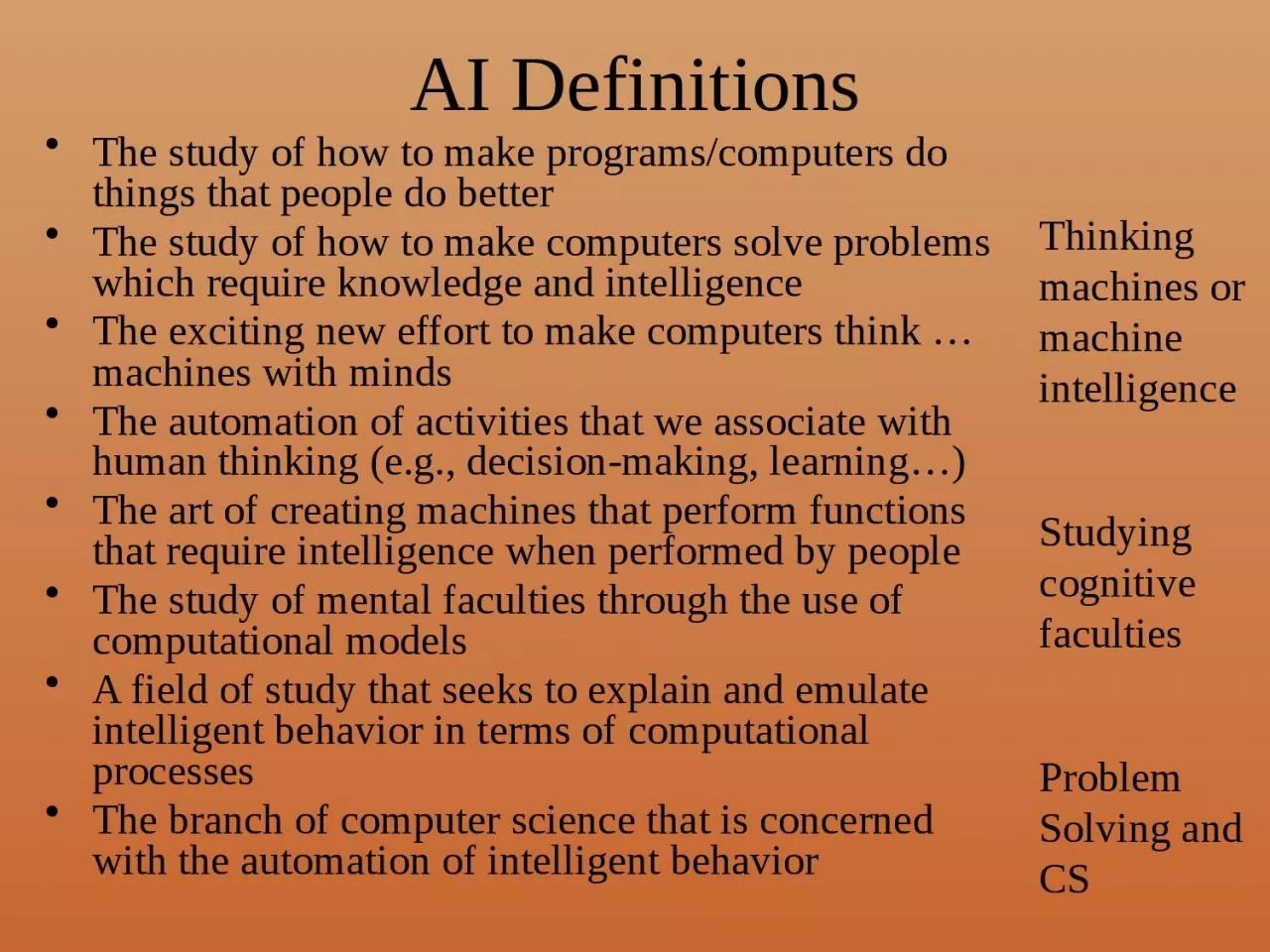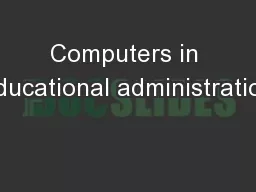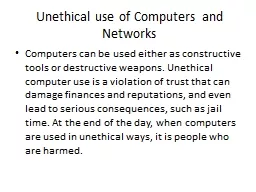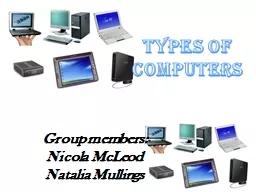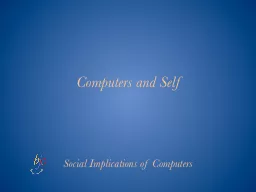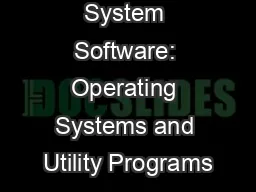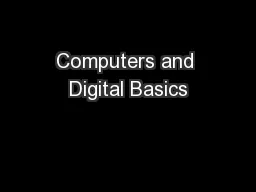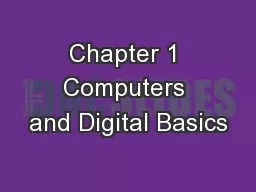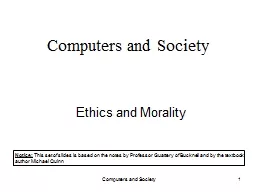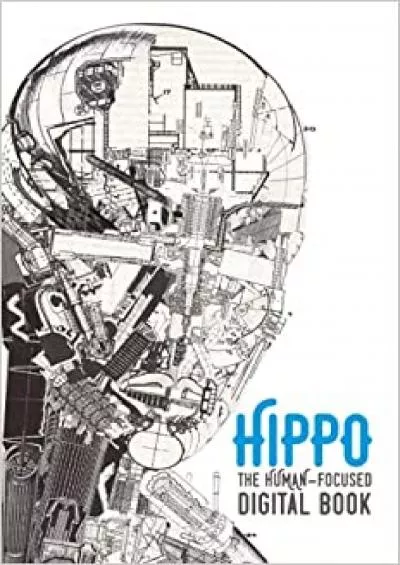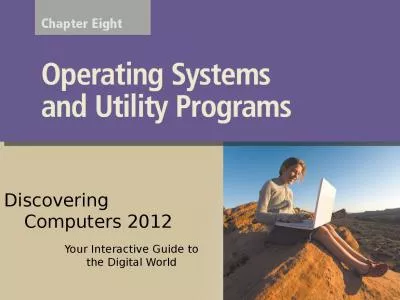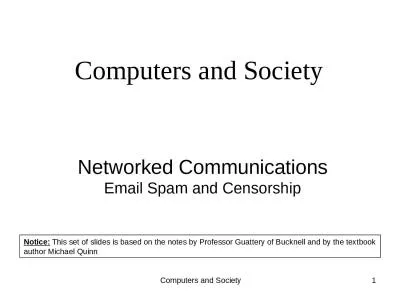PPT-AI Definitions The study of how to make programs/computers do things that people do better
Author : catherine | Published Date : 2024-02-09
The study of how to make computers solve problems which require knowledge and intelligence The exciting new effort to make computers think machines with minds The
Presentation Embed Code
Download Presentation
Download Presentation The PPT/PDF document "AI Definitions The study of how to make ..." is the property of its rightful owner. Permission is granted to download and print the materials on this website for personal, non-commercial use only, and to display it on your personal computer provided you do not modify the materials and that you retain all copyright notices contained in the materials. By downloading content from our website, you accept the terms of this agreement.
AI Definitions The study of how to make programs/computers do things that people do better: Transcript
Download Rules Of Document
"AI Definitions The study of how to make programs/computers do things that people do better"The content belongs to its owner. You may download and print it for personal use, without modification, and keep all copyright notices. By downloading, you agree to these terms.
Related Documents

